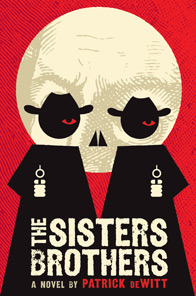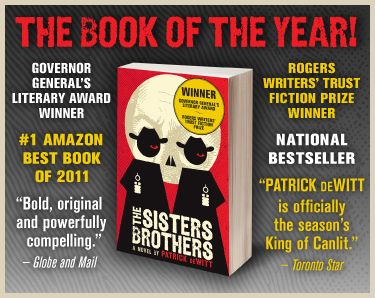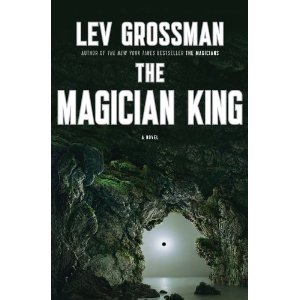James and I are on the great honeymoon that happens in multiple parts:
Paris
Amsterdam
Nice / Grasse / Chateauneuf du pape
Argelliers
Collioure / Mataro
Barcelona
We landed in Paris on Thursday, May 3rd for 5 days in the city of lights, the city of love, the city of all-things-wonderful like croissants, cafe au laits, steak et frites and macarons. Sadly it wasn’t all to be.
The metro from the airport to the 3rd arrondissement was pretty easy, but we got out at Les Halles and the mall where the metro stops is a zoo. The construction outside the mall makes finding a taxi even more of a challenge. Those feats accomplished, we arrived at our apartment but no one was there to meet us and James’ phone wouldn’t pick up a signal. Sometimes travel is hard and you have to remember that there are croissants and cafe au lait in your future and this small inconvenience, despite your 24 hours plus of awakeness, is no big deal.
We had a small dejeuner at Cafe Charlot, right around the corner from our home-to-be. I had an awesome tomato, mozza, pesto salad. The tomatoes were skinned and perhaps even stewed then cooled? Something magical happened to them anyway. It was excellent people watching, if you could keep your eyes open. Our host met us at 2 pm (we’d left Vancouver at noon the day before and Paris is 9 hours ahead so about 5 am YVR time we were finally in for a little nap).
After a brief slumber we tried to get on local time by going outside in the sun for a nice walk, grabbing a picnic from Rue Bretagne, which is right around the corner from our small Parisian apartment. We took cheese, bread, sausage and apples down to pont Neuf, which is a bridge to Ile de la Cite, where the Notre Dame is located. Wow is Notre Dame ever cool. On the point of the island is a little park with benches and we listened to some university students playing guitar, watched the locals smoking and enjoying the sunset and the occasional tourist meander by accidentally. It was lovely, and our first (albeit partial view) of the Eiffel Tower.
Then I was sick for two days.
I doubt it was our picnic as the likely culprit was a pepperoni stick that I’d eaten on the plane under questionable circumstances. James was an excellent caregiver, but it did mean that I spent two days in bed while James spent one day closely monitoring me and the next wandering the ancient book market by himself. Trooper. I asked for a full report and photos as I’d barely been out of the neighbourhood.
My bout of illness meant a revised sightseeing plan for Paris. I was still pretty weak so cycling or walking the city wasn’t yet in the cards, nor was standing in long lineups. We decided to do the Hop on Hop off tour so that we could get a lay of the land quickly and at least get to see the outside of all the marvellous sites, even if we just stayed on the bus.
Our apartment was actually close to Republique metro station, which is also near the Montmartre route for the tour so we jumped on the bus and saw immediately Porte St Denis and Porte St Martin, which are big arches like the Arc de Triomphe (smaller of course but still impressive). We got out at the Paris Opera, which is a stunning building with huge gold statues on top. Our hope was to transfer to the Grand Tour line as that is the one that goes by the Louvre, Eiffel Tower, Arc de Triomphe and all the big sites. No luck. We didn’t remember to check the route number and ended up getting on another Montmartre bus.
So up to the Basilique du Sacre-Coeur for us. The bus doesn’t actually go up the hill but we did on foot power, after stopping at a biscuit shop to gather a sugary snack for later. If I could have eaten cookies at this point, we probably would have bought just one and been done with it, but I was feeling sucky about not yet having any Paris treats. Sacre Coeur is actually a pretty young church in comparison to the other attractions like Notre Dame. It’s gleaming white and you can certainly pick it out from a number of spots in Paris once you know where to look.
The famous photo of the escalier du Montmartre are also off this church so we went down those and explored a small portion of the neighbourhood, had some water and got back on the bus. Remember I wasn’t feeling 100% so there was less exploring than we would have done otherwise. Gare du Nord and Gare de l’Est are two famous rail stations that we passed by next, each one more impressive than the last. Paris itself is a museum. The architecture is amazing and it’s fascinating just to gawk around from the heights of the double decker bus.
Our second attempt to switch lines was successful and we zipped by the Louvre and the throngs of people lined up to get in, then it was off along the Champ-Elysees to the Arc de Triomphe and the Eiffel Tower. The Eiffel Tower is actually pretty impressive so we got out to walk around the park and peer up at the cool ironwork. There was only one tram going up that day so we had to forego the visit to the top, but that was ok. We had a rather mediocre dinner in Marais (our neighbourhood).
Day two of the tour we zipped around the Bastille and St. Germaine. Then did a little walkabout. I was feeling much better. Next up was dinner at a very cute pizza place in our neighbourhood. It was called Biochet or something like that and was delicious.
Last day in Paris was dedicated to some perfume shopping. I bought two from Nicohai and I’ll let my perfume friends guess which one. Then I bought a nice ring for my mom for Mother’s Day and met up with James to go for lunch at the amazing Comptoir Gastronomie (thank you Siobhan and Chris for the great recommendation). After more walkabouts and a bike ride along Canal St Martin, we returned to our ‘hood for dinner at a wine bar called Le Barav.
May 9 we navigated our way through the metro system to Gare du Nord and the Thalys rail station to take our 300-mile-an-hour ride to Amsterdam for Mobilism 2012. The train is excellent and a great way to travel in the EU. No customs, airport lineups, stress. It was smooth, smooth, smooth. And Amsterdam is lovely, and perfect for another post later.
Paris Takeaways
* No good croissants
* Great graffiti
* Rue Bretagne and Enfant Rouge is a great spot for food shopping
* One the last day some random guy running through the street with a bouquet gave me a rose.
* Biking St Martin was the highlight
* The Mona Lisa is worth seeing, even if you’ve seen all the reproductions
* Picnicking on the Seine at pont Neuf was excellent and an indication that getting off the main drags is required
* Notre Dame is monstrous
* Yelp restaurant recos are worth reviewing
* There are lots of men in coloured jeans




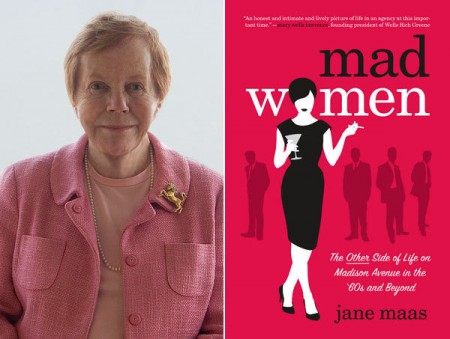
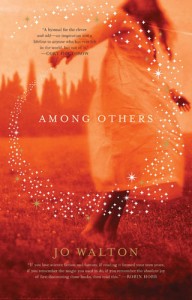
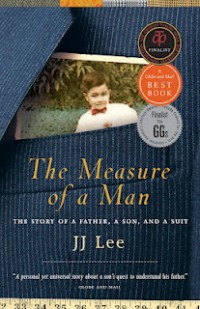
 Macaron Day (Jour du Macaron) is celebrated on March 20 and I will be nibbling on macarons from
Macaron Day (Jour du Macaron) is celebrated on March 20 and I will be nibbling on macarons from 
